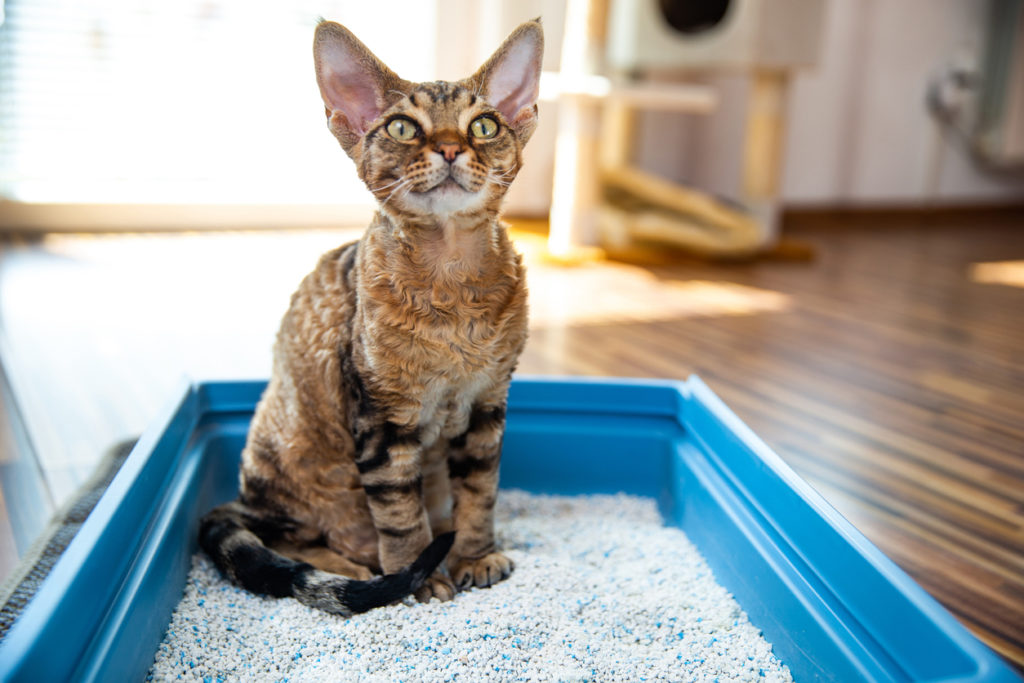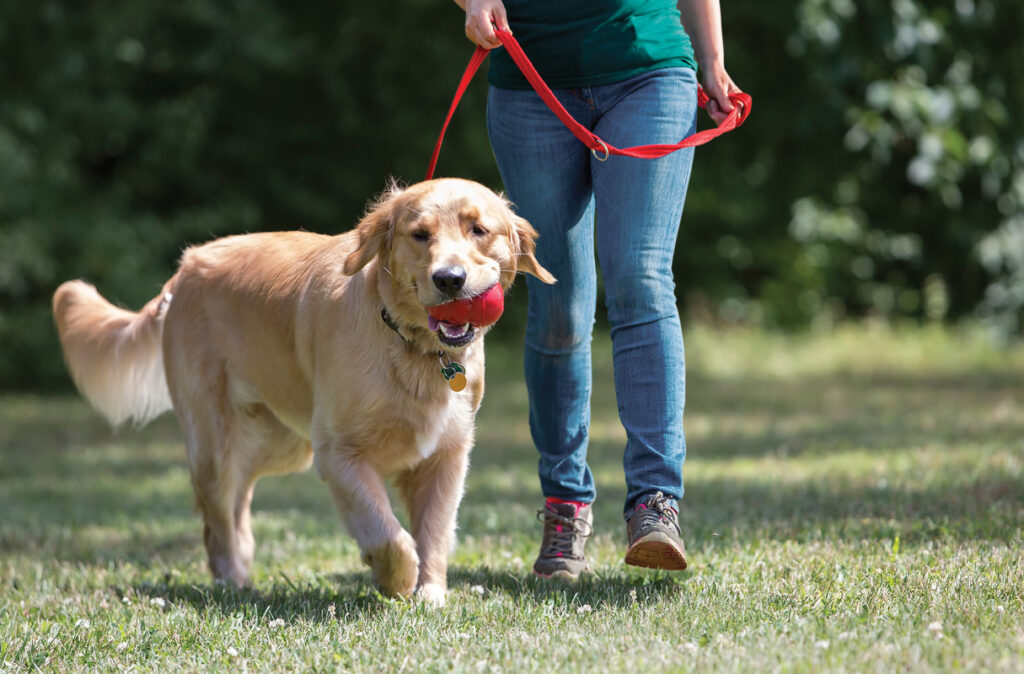You love your furry feline friend, but you don’t love when they pee on your carpet! After a long day at work, you are ready to scratch on your kitty’s head to relax, but instead, you find yourself with a towel trying to soak up any moisture from your carpets. Not to mention dealing with the smell!
Cats urinating in inappropriate places is a common problem. In fact, it is one of the main reasons that cats are given up to animal shelters. As a cat parent, giving up your furry friend is the last thing on your mind, but you may be at your wit’s end trying to prevent your cat from constantly peeing where it shouldn’t go.
Let’s look at some helpful hints at how to stop your cat from peeing on the carpet.
Medical Issues
Before trying any methods of prevention, make sure your cat isn’t suffering from any medical issues that may cause them to pee in inappropriate places. Kidney issues or urinary tract infections may make urinating an issue for your cat. Not only is it painful, but they may not be able to hold their urine for enough time to make it to the litter box.
Diabetes and kidney diseases may make your cat more thirsty, and we know that drinking more water will lead to more frequent urination. This will increase your cat’s urgency to go, and they may not be able to make it to the litter box in time.
As your cat ages, they may become less mobile, and their cognitive function may lessen. This can also cause urinating in inappropriate places to be an increasing occurrence.
If you believe medical issues may be the reason behind the constant carpet peeing, make an appointment with your veterinarian. This ensures that your cat receives the right treatment, which may make all the difference.
Training your cat to use a litter box is different from potty training a puppy, but it is still a totally achievable goal.
Litter Box Preference
If your cat is healthy and there are no suspected medical issues, your cat may not like going in their litter box for several reasons.
The litter box may not be the right size. If your cat has had the same litter box since they were a kitten, it is time for an upgrade. A bigger box allows your cat the room they need to use the bathroom comfortably and then to cover their waste.
The litter box may also be too high. If your cat is older, a litter box with shorter sides also allows them easier access as aging may make their joints a little creaky and achy.
Many cat parents may prefer covered litter boxes, as they are a little more sightly. We might also assume that our cat enjoys privacy.
However, your cat may not like going in a covered litter box as it can hold in odor. If you have more than one cat in the house, the covered box may aid in ambush attacks. As there is only one way in and out of the litter box, your cat may feel like it’s a trap and won’t want to use it. Try an uncovered litter box and see if that makes any difference.
The litter box’s location may also be a reason for inappropriate urination. If the litter box is in an area of the house that is loud and not private, your cat may not like using the bathroom in that area. You probably wouldn’t like going to the bathroom where others could watch you, and your cat doesn’t enjoy this either.
A good rule of thumb is to have two litter boxes for one cat, three litter boxes for two cats, and so on. Multiple litter boxes will allow your cat to feel more secure in their home and can often help decrease their inappropriate urination.
Litter
Along with your cat potentially being unhappy with their litter box, they may not like the type of litter. The best bet is to use a litter that your cat used as a kitten. If possible, you can contact where you got your cat from and ask what type of litter was used. Additionally, some litters have attractants (often made of natural herbs) that help entice cats to use the litter box.
If this is not possible, you can try different options of litter to see which one your cat likes best. Cats usually prefer unscented litter. You can try different textured litter to see which kind your cat prefers.
If you must change litter, it is best to do so gradually by mixing the new litter in with the old. Slowly increase the amount of new litter every time you change the box, so your cat is given ample time to get used to the new texture.
Make sure your cat’s litter is cleaned regularly. Cats are very clean animals, and they will not like to use the bathroom in a spot that is already heavily soiled.
Environment Changes
If there has been a big change in the home, like moving houses or a new family member, this could make your cat anxious and cause them to pee in places you don’t want.
Keeping doors closed in the home where you don’t want your cat to eliminate denies them access to that room. If there is a new person in the home, you can introduce this person to your cat in a safe space. Giving your cat treats when they interact with this person makes it a positive experience. Keeping your cats calm is a key to a harmonious home.
If there is a new cat in the home, making sure that each cat has their own litter box is crucial as cats are territorial. Slowly introducing the new cat to the longer residing cat can help for a positive relationship to be formed.
Cleaning Soiled Areas
When it comes to cleaning the soiled areas that your cat has urinated on, it’s critical that you remove the actual scent and not just cover it up with a different scent. Cats have an exemplary sense of smell and can detect where they have gone previously.
Use cleaning products that neutralize the odor with the use of enzymes. This completely removes the cat’s scent and makes it a place they will not want to come back to. With carpet, it’s especially important to ensure that you clean any areas thoroughly.
Although the visible spot on the carpet may be small, the pad underneath the carpet may be soaked more than you think. Cats will be able to smell their own scent through the carpet and will likely come back to the same spot. Avoid using cleaners with ammonia, as cats will be attracted to using this spot.
You can also place furniture over the spot. Cats like to keep their eating and bathroom places separate. So, if possible, putting their food and water dishes on this spot can help your cat make the distinction in its mind that this is where they eat and not pee.
Preventing Further Accidents
You can make a loud noise by clapping your hands to get their attention. Then, quickly move your cat over to the litter box and reward them with a treat. Take note of what was going on prior to them trying to urinate. By understanding our cats’ triggers, we can help prevent these instigating events in the future.
If your cat has already gone, it’s too late as they will not be able to associate why you are trying to startle them with peeing in the wrong place. You can put a bell on their collar to keep track of their location in the house. Or you can use an indoor camera to try to catch when they go.
Don’t ever yell at your cat or rub its nose in the area they went. This will only cause more problems, and your cat will associate using the bathroom with your negative reaction. They will then be more secretive about going.
Eliminate Inappropriate Eliminations
Your cat refusing to use their litter box can be a frustration. It is no fun to clean up and no fun to anticipate when it may occur again. Not to mention the odor that may develop as a result of too many urinations. Carpets can become ruined and are costly to replace.
If you need a sounding board or want another opinion on how to solve the problem of your kitty going where they shouldn’t, you can rely on the KONG Club App to reach out to the AskVet veterinarians for help.
The AskVet veterinarians are experts who are happy to assist you in improving your cat’s toilet habits and overall well-being. They are available 24 hours a day, seven days a week—no appointment required.
Join KONG Club today!
Sources:
Feline Behavior Problems: House Soiling | Cornell University College of Veterinary Medicine



